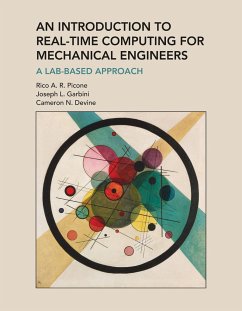
Virtual Work Approach to Mechanical Modeling
Versandkostenfrei!
Versandfertig in 2-4 Wochen
176,99 €
inkl. MwSt.
Weitere Ausgaben:

PAYBACK Punkte
88 °P sammeln!
This book is centred about the Principle of virtual work and the related method for mechanical modelling. It aims at showing and enhancing the polyvalence and versatility of the virtual work approach in the mechanical modelling process. The virtual work statement is set as the principle at the root of a force modelling method that can be implemented on any geometrical description. After experimentally induced hypotheses have been made on the geometrical parameters that describe the concerned system and subsystems, the method provides a unifying framework for building up consistently associated...
This book is centred about the Principle of virtual work and the related method for mechanical modelling. It aims at showing and enhancing the polyvalence and versatility of the virtual work approach in the mechanical modelling process. The virtual work statement is set as the principle at the root of a force modelling method that can be implemented on any geometrical description. After experimentally induced hypotheses have been made on the geometrical parameters that describe the concerned system and subsystems, the method provides a unifying framework for building up consistently associated force models where external and internal forces are introduced through their virtual rates of work. Systems described as three-dimensional, curvilinear or planar continua are considered: force models are established with the corresponding equations of motion; the validation process points out that enlarging the domain of relevance of the model for practical applications calls for an enrichment of the geometrical description that takes into account the underlying microstructure.
Dieser Artikel kann nur an eine deutsche Lieferadresse ausgeliefert werden.













